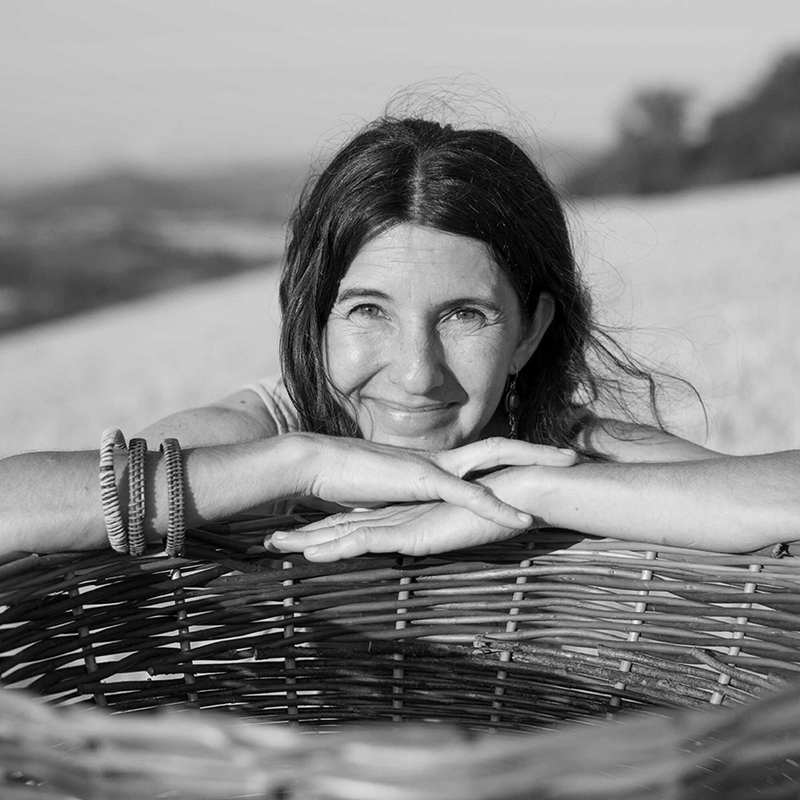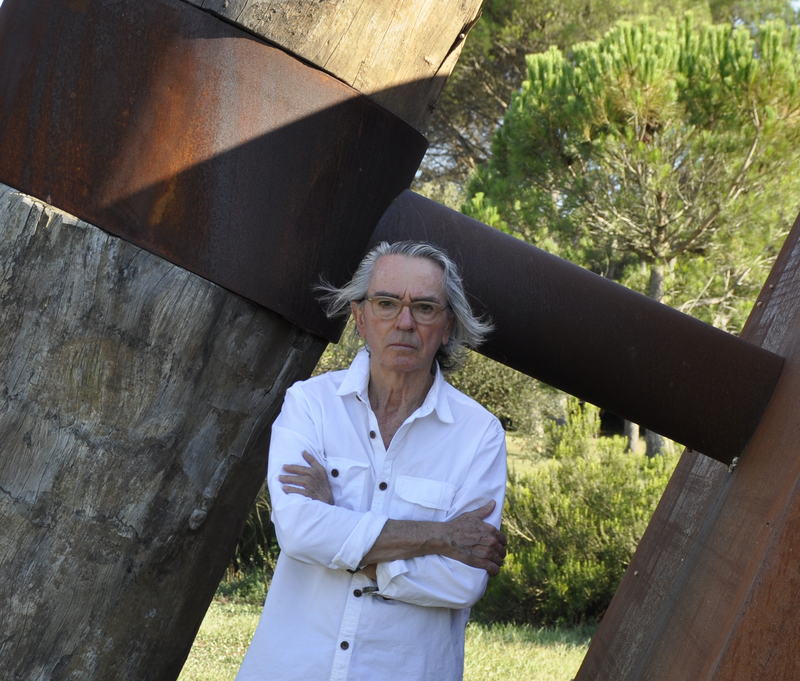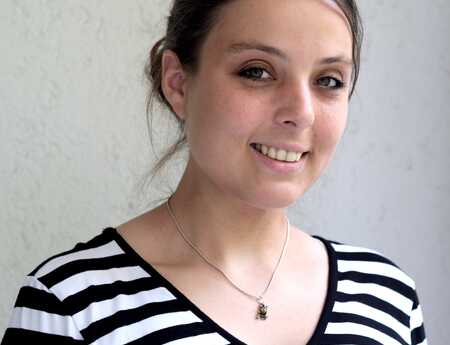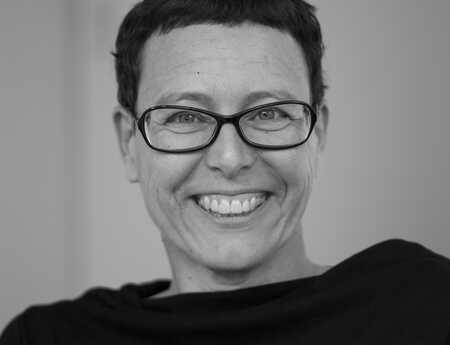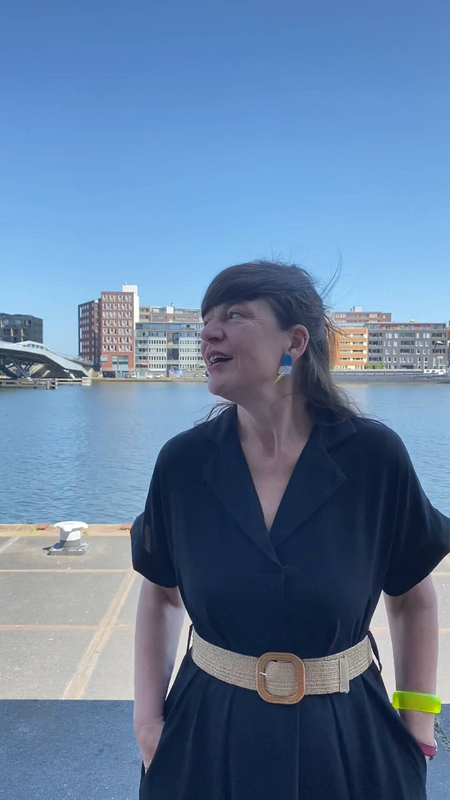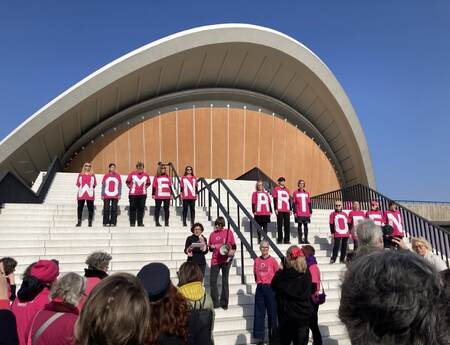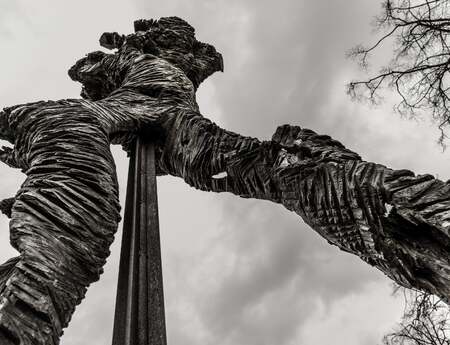The Who's Who of the Sculpture Network International Forum
As the International Forum draws closer, some of the speakers share a glimpse of their insights into the topic of Sculpture and Climate Emergency. Here’s a sneak peek of what’s to expect in Málaga!
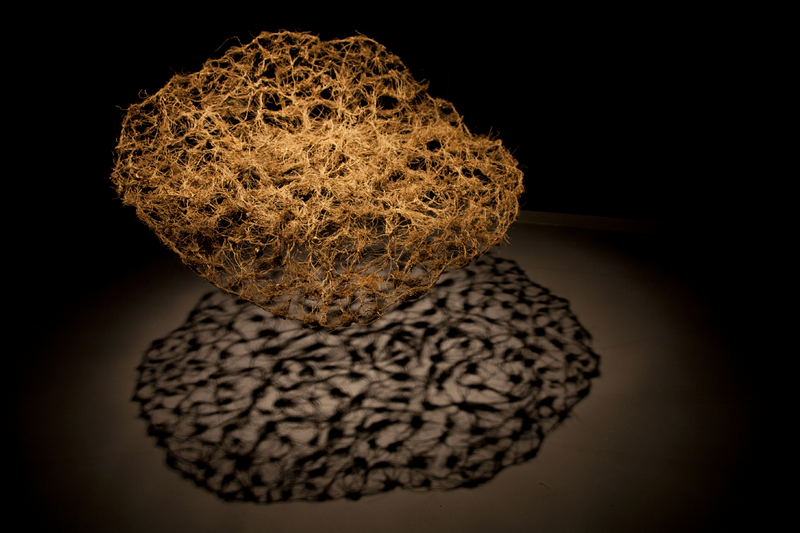
Droughts and floods, heavy rains and dying trees – the climate crisis can no longer be denied anywhere on the planet. Discussions of sustainability and ecological awareness permeate society, and the public discourse has long since shifted from the question “Is there a crisis?” to “What can we do about it?”. Art might be an escape from this dire situation for some, but it can also be a powerful tool to deal with the reality of it all. It might even serve as a mouthpiece for a call to action. For years, creatives have been at the forefront of raising awareness about global warming, with movements like eco-art and climate change art gaining more and more traction. Artists like Ólafur Elíasson or Mary Mattingly have been very outspoken about the necessity for societal change in the face of a global catastrophe, venturing far into public space with their works. Installations like Ólafur Elíasson’s Ice Watch (2014) or Mattingly’s Vanishing Point (2021) have the potential of touching people on an emotional level, making them consider arguments they otherwise would have dismissed, or even changing their minds about the importance of sustainability altogether. In short: Art is important as a catalyst for change.
At the same time, art requires resources – in the case of three-dimensional art, often a lot of them – so artists, curators, and art lovers alike are stuck in a dilemma: While sculptures and installations can serve to promote ideas of sustainability and ecological awareness, their resource-intensive production (think electricity, materials, fuel …) can, at the same time, contribute to the further destruction of the planet. While it is vital for art to be experienced directly in order to develop its full effect, travelling to exhibitions or galleries increases the individual’s carbon footprint. And while curators and gallerists are essential to making art seen, in order to do so they have no choice but to use further resources: for transport, lighting, promotional material … All of this raises the question: Do we have to change the way the art world works? And if so: how? During the Sculpture Network International Forum in Málaga in October, six speakers will discuss their thoughts on the topic of Sculpture and Climate Emergency with each other and the participants. Some of them have granted us a little glimpse into their thoughts on the topic ahead of time.
For Spanish artist Lucía Loren, human interaction with the environment is a constant source of inspiration as well as the driving force behind her work. Many of her sculptures and installations include natural materials and address ecological issues such as the human impact on the landscape. “Using the environment’s own materials becomes a tool for exploration”, she explains her philosophy. “This kind of work allows me to better understand the cyclical process of continuous transformation which is necessary for the formation of a sustainable landscape.” The critical reflection on humanity’s role in the Anthropocene is central to Lucía’s work and, to her, constitutes a crucial task for artists and other creatives:
“More and more people in the cultural industry are trying to reduce their ecological footprint, to evaluate it and to imagine other ways to be more responsible with our environment. In this sense, it is very important to develop inclusive proposals that encourage alliances with environmental movements and people who earn their livelihood from the countryside.”
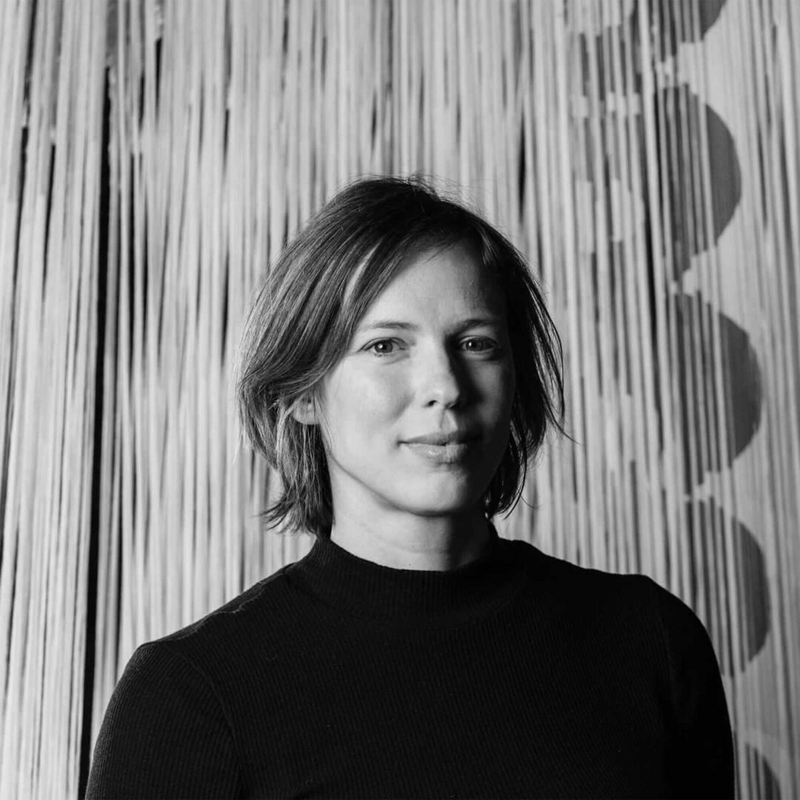
This interaction with the landscape is a concern for Málaga-born artist Leonor Serrano Rivas, too, who will join the Forum panel in her home town which she has since left. Leonor’s body of work includes video installations, sculptures, and performances which revolve around the human experience and cultural practices in multi-faceted ways. When she tells her story, the connection between the creative process and considerations of sustainability becomes immediately apparent:
“Many of us have fled the big city and moved out into the periphery. In my case, I went to the south of Spain to have my baby and shift my way of creating, involve more agents in the production, source local materials and, in a way, make art form a different place and consciousness. And that is still the case. But from another perspective, my aim was to have a closer look into nature by physically moving closer to it.”
To her, motherhood and caring for the environment are intricately linked: “one becomes part of a larger chain and less of an individual (at least for a bit)”. Considerations like this impact Leonor’s artistic practice and her outlook on life and art.
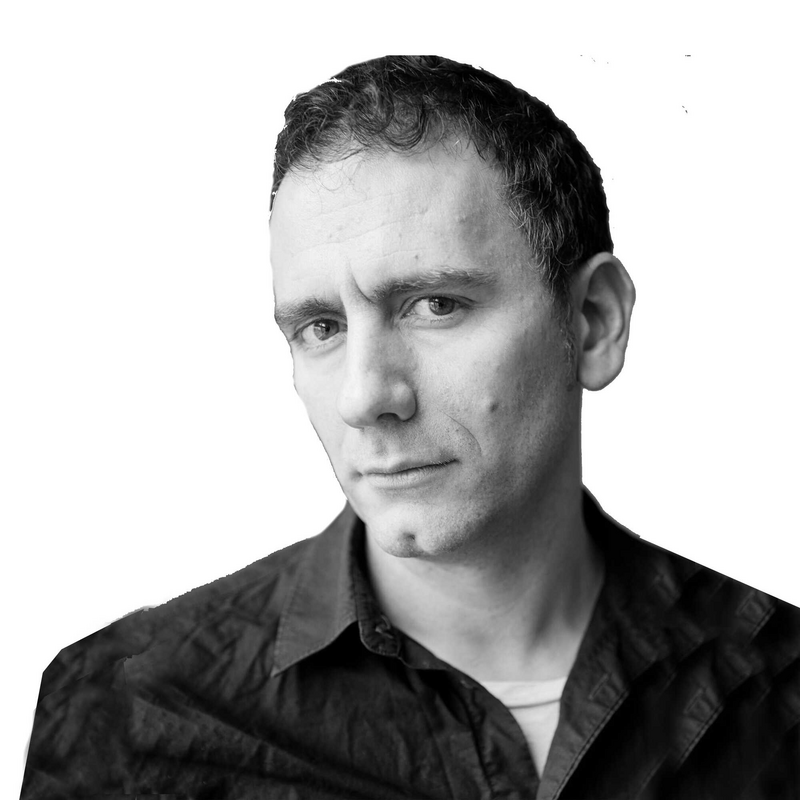
However, it’s not just artistic practice that is influenced by considerations of sustainability. There is also a lot to be said about the topic from the perspective of curators and other art professionals, one of whom will join the International Forum. Marti Manen is director of the Swedish art foundation Index in Stockholm, the purpose of which he describes as follows: “Index has a desire for international dialogues, is experimenting with art, concepts, language, and performativity, and it’s a test site for exhibitional processes and research.” In the foundation’s broad portfolio of exhibitions, research projects, and book releases, lots of current issues surface in the form of various media – environmental considerations included. For instance, in one of the foundation’s most recent exhibitions, entitled The Tidal Zone (2022/2023), Swedish artist Kajsa Dahlberg touched on topics like pollution and its consequences for the human body with her video installations. As a curator, Marti isn’t just concerned with the underlying concepts of art, but also with its form. Sculpture, to him, poses some unique challenges concerning “the practicalities: there are some transport and installation matters that make the work with sculpture something special.” Beyond those practical considerations, he sees a unique quality in the art form of sculpture: “I’m interested in the relationship between sculpture and temporality, the possibility of fragility related to something that was considered stopped in time.”
The particularities of sculpture are well-known to Enric Pladevall, a third Spanish artist who will enrich the International Forum in October with his expertise. “With my public works, I have always looked for interaction, whether in urban or natural spaces. I’m always looking for the appropriate scale and materials.” Enric’s public sculptures can be found from Barcelona to Atlanta, each of them demonstrating careful considerations of how the surroundings affect the meaning of an artwork. But the most intimate relationship between art and its environment is certainly demonstrated in his project L’Olivar, an olive grove turned sculpture garden, where many of Enric’s sculptures find a green home. “I am looking for total symbiosis”, he emphasises. Enric is acutely aware of how fragile this “equilibrium between man and nature” really is: “The acceleration of climate change in recent years is wreaking havoc on nature, and the human footprint is unquestionable. As agents of culture, we artists have the duty to position ourselves in all aspects of life: social, political, ecological etc.” Nonetheless, to Enric, art transcends considerations such as these.
“To me, art is the sensitive expression of knowledge. I never want to lose the deep and transcendent meaning of art: the enigma, the unknown, the mystery …”
Between these art professionals, who will be joined in Málaga by Daniela Zyman (AT), artistic director of TBA21 Thyssen-Bornemisza Art Contemporary, and artist Joana Escoval (ES), a fruitful exchange and interesting insights into their ideas and experiences are guaranteed. What they all have in common? They are looking forward to the International Forum and the discussion of the topic Sculpture and Climate Emergency in October. “This meeting can provide opportunities for discourse related to ecology and art, sustainability and possibilities for artistic objects”, states Marti Manen. Enric Pladevall hopes “to be able to contribute to shedding some light on this debate about sculpture and the climate emergency that affects all of humanity.” Leonor Serrano Rivas is particularly looking forward to the networking component of the event: “I cannot wait to hear everyone’s takes on such an urgent topic and a shared concern that so very quickly is changing what we regard as reality. In such a swiftly changing environment, shared voices and collective thought are powerful tools for imagining a new world.” In the same vein, Lucía Loren adds:
“It is a priority to promote alliances to configure solid cultural networks allowing artists to be an active part of a paradigm shift.”
Let’s find out together how far we can shift the paradigm – during the International Forum in Málaga from 5–7 October 2023.

